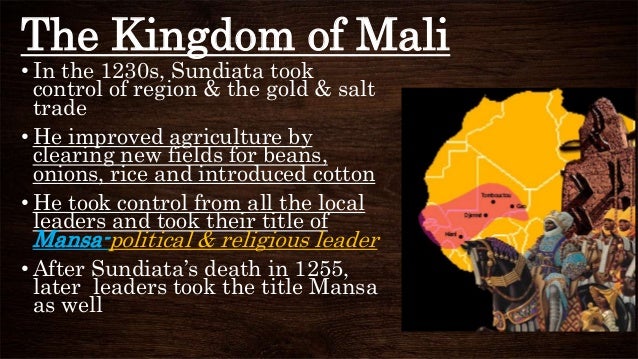It is funny that a lot of black people, around the world, bought into the idea that Africans didn't have any textiles prior to European contact, when in reality, we were also providing textiles to the world as a trade. Kongo and Kuba textiles are very similar, they are made with raffia. It is said, that the first Kuba leader, used to be part of the Kongo Kingdom, who had a disagreement with the Kongo King and decided to create his own state with people from different tribes. But evidence shows that raffia had been used in Africa, since the 7th-8th century.
Duarte Pacheco Pereira, portuguese explorer, (ca. 1460–1533) said this about the Kongo Textiles
“In this Kingdom of Kongo, they make fabrics with a nap like velvet, some of them worked in velvety satin, so beautiful that nothing finer is made in Italy”
Roman Emperors, European Kings, Navigators, Scientists and Explorers used the Kongo Textiles
"From Stockholm to Florence, London to Prague, Kongo luxury cloths were preserved in court and cabinet collections formed by rulers, princes, and urban elites. The first two recorded examples appear in Prague in 1607—in the Kunstkammer of the Holy Roman Emperor Rudolf II of Prague (r. 1576–1612), where they remain today—but the royal houses of Sweden and Denmark swiftly followed."
"Kongo cloths are also recorded in the seventeenth century as prize pieces acquired by doctors, scientists, and scholars. The Milanese physician Ludovico Settala (1552–1633) and his son Manfredo (1600–1680) formed one of Italy's most famous scientific museums, which included several examples. There is a drawing of a folded one, annotated as "a small mat to make a cushion to sit on, made of straw of rare beauty…made in Angola or Congo." Settala's scholarly network included the Jesuit scholar Athanasius Kircher (1602–1680), founding director of the the Musaeum Kircherianum in Rome, who acquired pieces described in 1709 as "four mats made with admirable skill in the Kingdom of Angola….they look like a silk cloth notwithstanding they are made of very thin palm threads."
"Sir Hans Sloane (1660–1753), physician and second president of the Royal Society—whose collection was to become the foundation of the British Museum in 1753—owned two pieces that are listed in his manuscript inventory and which still survive in a battered state. An oblong cushion in much better condition, also in the British Museum, was only acquired much later and illustrates the rise of ethnography as a discipline in the nineteenth century, which led to the fragmentation of Kunstkammern all over Europe. It was first inventoried in the Royal Danish Kunstkammer in 1674 but was deaccessioned by the Nationalmuseet in Copenhagen and acquired by the Quaker and abolitionist Henry Christy (1810–1865), who gifted it to the British Museum."
Works From African Kongo Art at the Metropolitan Museum
"Made of Straw of Rare Beauty": Kongo Textiles in Renaissance European Collections
Duarte Pacheco Pereira, portuguese explorer, (ca. 1460–1533) said this about the Kongo Textiles
“In this Kingdom of Kongo, they make fabrics with a nap like velvet, some of them worked in velvety satin, so beautiful that nothing finer is made in Italy”
Roman Emperors, European Kings, Navigators, Scientists and Explorers used the Kongo Textiles
"From Stockholm to Florence, London to Prague, Kongo luxury cloths were preserved in court and cabinet collections formed by rulers, princes, and urban elites. The first two recorded examples appear in Prague in 1607—in the Kunstkammer of the Holy Roman Emperor Rudolf II of Prague (r. 1576–1612), where they remain today—but the royal houses of Sweden and Denmark swiftly followed."
"Kongo cloths are also recorded in the seventeenth century as prize pieces acquired by doctors, scientists, and scholars. The Milanese physician Ludovico Settala (1552–1633) and his son Manfredo (1600–1680) formed one of Italy's most famous scientific museums, which included several examples. There is a drawing of a folded one, annotated as "a small mat to make a cushion to sit on, made of straw of rare beauty…made in Angola or Congo." Settala's scholarly network included the Jesuit scholar Athanasius Kircher (1602–1680), founding director of the the Musaeum Kircherianum in Rome, who acquired pieces described in 1709 as "four mats made with admirable skill in the Kingdom of Angola….they look like a silk cloth notwithstanding they are made of very thin palm threads."
"Sir Hans Sloane (1660–1753), physician and second president of the Royal Society—whose collection was to become the foundation of the British Museum in 1753—owned two pieces that are listed in his manuscript inventory and which still survive in a battered state. An oblong cushion in much better condition, also in the British Museum, was only acquired much later and illustrates the rise of ethnography as a discipline in the nineteenth century, which led to the fragmentation of Kunstkammern all over Europe. It was first inventoried in the Royal Danish Kunstkammer in 1674 but was deaccessioned by the Nationalmuseet in Copenhagen and acquired by the Quaker and abolitionist Henry Christy (1810–1865), who gifted it to the British Museum."
Works From African Kongo Art at the Metropolitan Museum
"Made of Straw of Rare Beauty": Kongo Textiles in Renaissance European Collections
Last edited:















